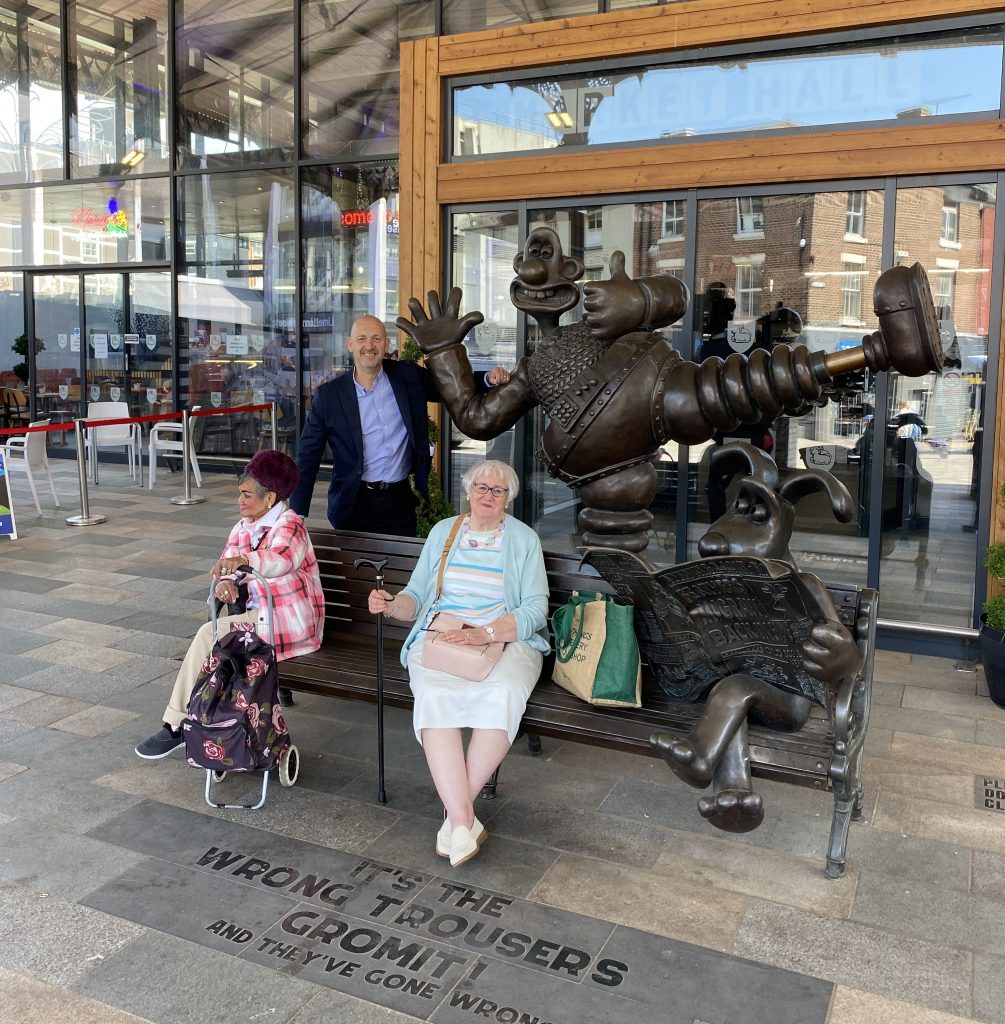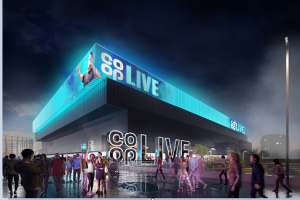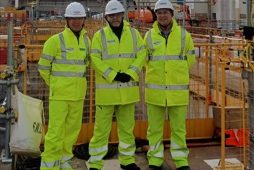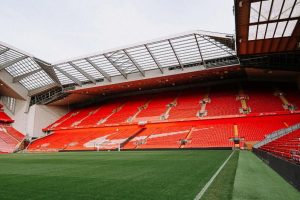The Hard Hat High-Vis tour: Preston
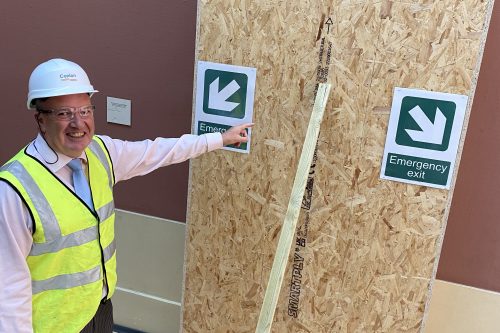
A new regular feature where we get a guided tour around a North West development hot spot with the people making the changes.
Where are we? Preston, Lancashire
What’s it like? Preston has a curious mix of solid Georgian splendour and impressive 1960s brutalism. They were disappointed not to get a scheme away in the 2000s called Tithebarn, which would have transformed retail with a John Lewis anchoring a major development.
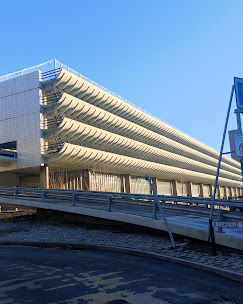
Who are we with? Michael Conlon, chairman of Conlon Construction; Dave Ragan from Conlon; John Chesworth from Harrison Drury law firm and the chairman of the Preston Partnership of businesses; Adrian Phillips, chief executive of Preston City Council, a second tier authority; and Chris Hayward, the council’s director of development and housing.
What’s going on? It’s Preston’s Harris Quarter Towns Fund Investment Programme, for which the city was awarded £20.9m from the Government’s national Towns Fund initiative in March 2021. With everything else, it represents the biggest investment in Preston since the 1960s across three different schemes.
Which site are we on first? Harris Museum and Art Gallery, a Grade 1 listed built 130 years ago on fine sand right in the centre Preston is getting a major refurbishment.
Michael Conlon, chairman of Conlon Construction, said: “Conlon Construction has called the city home for the last 60 years and the Harris fed the imaginations of our team on visits when we were children. It even served as the venue for my own wedding last year. Our many connections to the Harris make this quite a unique and special project for all of us at Conlon.”
Ah, the Preston economic model? Local procurement to promote economic development is often referred to as the Preston model, and in contracting the work to family construction business Conlon, that’s the policy in action, and 75% of the budget will be spent locally.
Will it be open for the next Preston Guild, and how much is it costing? It’s a £14 million project to completely restore and reimagine the Harris and is set to be complete in Spring 2024 when it reopens for visitors. The next Preston Guild will be in 2032.
Offices, leisure, bit of resi? No, not on this site. This is going to be a splendid events space and the impressive art collection will be restored and the Harris given much better integration to the public realm outside to form a new Harris Quarter. The newly renovated building is hoped to attract a further 100,000 visitors a year on top of its existing 350,000.
What does Preston need? Despite a city population of 250,000 and catchment of 700,000 the restaurant and leisure offer is still pretty poor. Yet PwC’s Good Growth Index gives Preston a good rating as the most rapidly improving urban area and the CACI, the consumer and location intelligence specialist, showed Preston in the top 5 of small city centres in the UK.
Who uses the city centre? Student numbers at the University of Central Lancashire have grown and grown to 38,000 students and staff. It’s also seen as an administrative centre and with decent transport links. Outside the centre the population is growing by 3% and Preston as a whole is currently building 1400 homes, way above the 500 required in the local plan. There’s also a mix of city living, family homes and social housing.
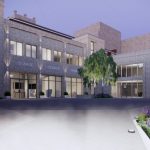
Animate, as in Wallace and Gromit? Indeed. Their creator Nick Park is from Preston and everyone is very proud of the fact. The scheme itself is funded and owned by Preston City Council, with support from the Towns Fund (£3.4m), City Deal (£3.25m). The scheme’s complementary public realm improvements are being supported by a Lancashire County Council Economic Recovery Grant (£800,000).
And the Animate scheme itself? Located within the Harris Quarter, this transformational scheme is already 75% pre-let and includes an eight-screen cinema, a bowling alley, national and regional restaurant brands and a street food hub, 164 space car park and improvements to landscaping with an outdoor terrace for al fresco dining, street lighting, a changing places facility, improved pedestrian access and new trees.
Who else is involved? Maple Grove Developments is working with Preston City Council and W_rkspace as project/development manager via the Lancashire Regeneration Property Partnership to deliver the project. The project team for Amounderness House also includes Cowburn-Watson Box, SCP Transport, Eden Heritage, E3P, TRP Consulting, and Graham Schofield Associates.
What’s the verdict? Every northern town and city has a unique set of challenges, but all equally suffer from a shift in purpose. By recognising the mish mash that Preston inherited through its history and addressing the lack of office supply, a slicker leisure offer and a recognition of the role of its university and a changing office economy, these three schemes that make up the transformation of Preston really do feel like a serious attempt to define itself as Lancashire’s commercial and civic centre. The commitment to local procurement is serious. The public realm, ranging from the iconic row of red phone boxes, to the Wallace and Gromit statue in the very attractive open marketplace, is thoughtful and imaginative.
The Hard Hat, High Vis Tour will appear on the first Wednesday of each month.

